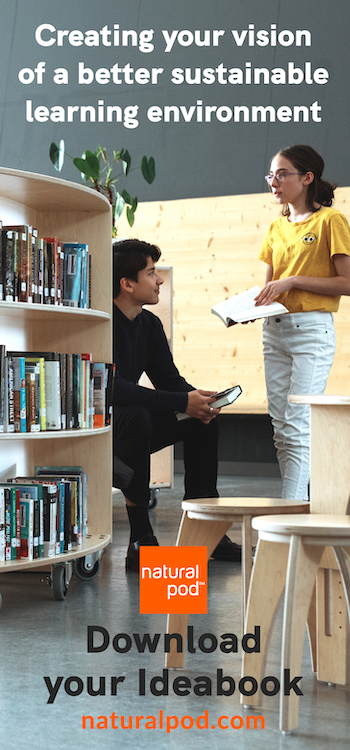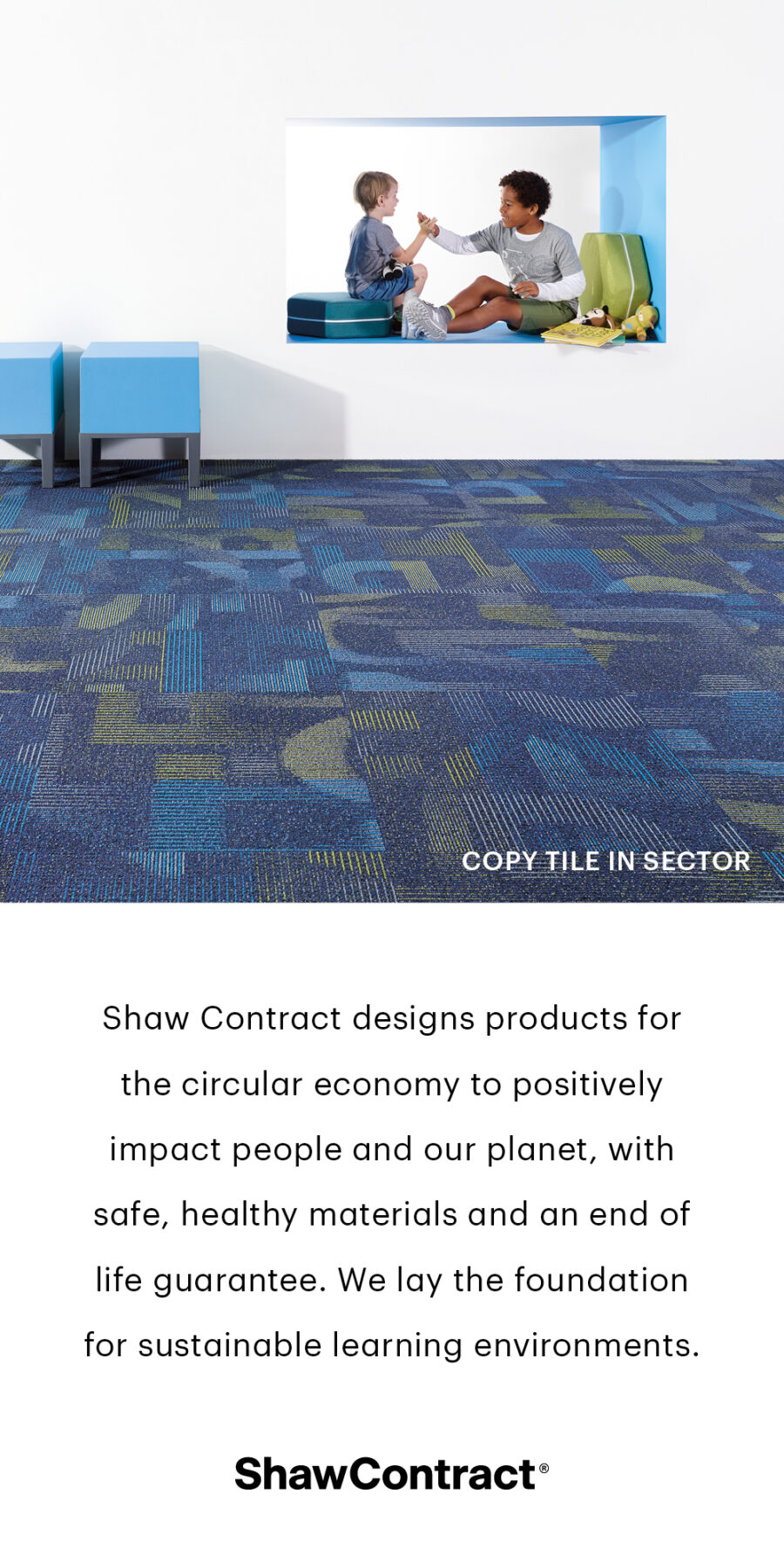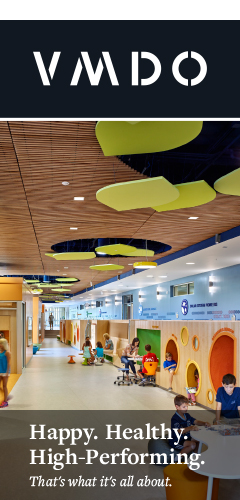By Greg Christian, Beyond Green Sustainable Food Partners
I recently did a three day food waste study with the Environmental Protection Agency at a school district in Illinois. Here is what we found: 10-20% overproduction, 100% processed food, canned vegetables that were individually cupped, and food placed in warmers by 10:00am for lunch service at 12:00pm. It’s no wonder that students are tossing their lunches in the garbage can!
If I could choose two things to focus on to change school food, they would be teaching the kitchen staff how to cook and about ‘just in time cooking.’ This enables them to serve fresh foods and make the right amount of food so there is no overproduction, resulting in food waste. Without this, none of the policies, standards, or laws will help us serve better food to our nations’ children. There are many great intentions around moving school food to include tastier, fresh, local, sustainable meals, but it all starts with knowing how to cook from scratch. Scratch cooking is preparing meals using basic ingredients from a natural state rather than serving foods that have already been prepared or processed.
I often work with school districts to guide culinary efficiencies and provide training and development for the school kitchen staff. My team starts by analyzing the current kitchen inefficiencies as part of our assessment phase and recommending actions to correct and prioritize the operation. Then we evaluate the current level of staff skills before jumping to scratch cooking and working with fresh ingredients.
Once the initial staff skill level is determined, a training plan can be established. The areas that we typically focus on with the kitchen staff are: 1) reviewing current and new menu items and recipes; 2) teaching them how to follow recipes and use a scale; 3) introducing them to a blend of local and conventional foods; 4) teaching knife skills; and 5) production planning for scratch and ‘just-in-time cooking.’ The staff usually needs some time to get acclimated with fresh foods so that an increase in quality can begin. However, once they understand that by scratch cooking they can prepare better tasting meals with ease, they are usually enthusiastic to learn more and continue to move towards a more sustainable food program.
People believe food variety is the answer, but this actually creates waste. So we look at how many items are offered and the quantity of food that is produced for each meal period. We work with the staff to efficiently use production records and better determine the proper amounts of food to prepare, as well as how to cook food in smaller batches so that foods are served fresher and there is no overproduction. By moving to zero-waste, we can find the extra time and money that is needed to buy more preferable foods and cook from scratch within budget.
In the end, it’s all about serving great food in a sustainable system. If school kitchens start with these steps, we will begin moving towards better tasting and healthier foods that students will enjoy eating.



